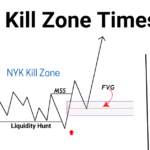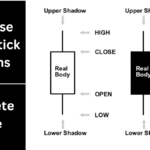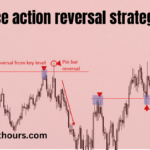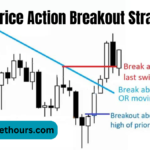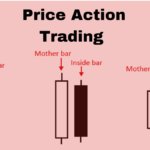The Inside Bar Trading Strategy is a technique used to find potential breakout or reversal opportunities in the market. Here’s a straightforward guide to understanding and using this strategy.
What is the Inside Bar Pattern?
- Inside Bar: This pattern involves two candlesticks. The second candlestick (inside bar) is smaller and fits within the range of the first candlestick (mother bar). In other words, the inside bar’s high is lower than the mother bar’s high, and its low is higher than the mother bar’s low.
- Variations: Some traders consider bars with the same highs or lows as inside bars, although this is less common.
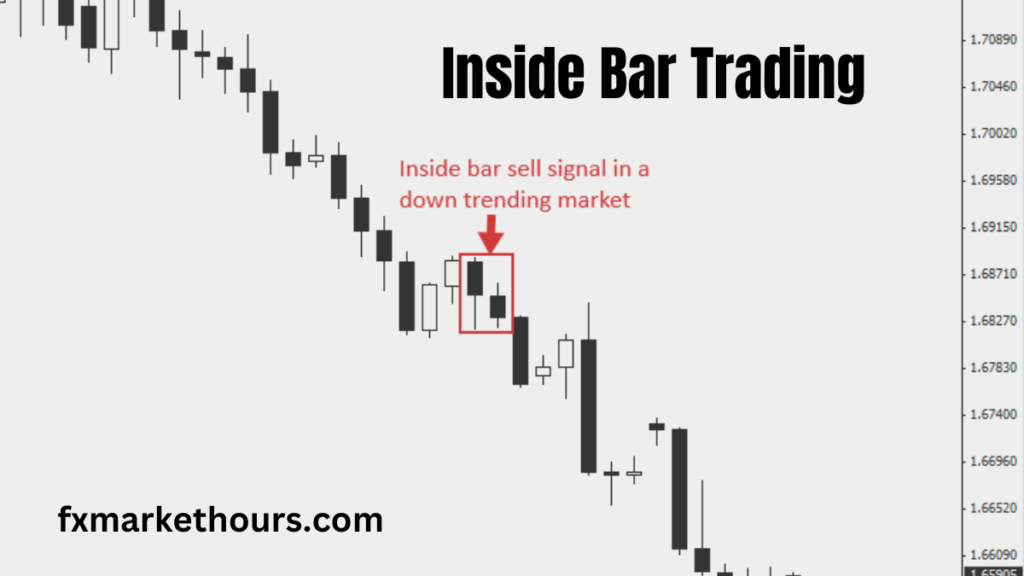
How to Use the Inside Bar Trading Strategy
- Breakout Strategy (Following the Trend):
- Entry: Place a buy-stop order above the mother bar’s high in an uptrend or a sell-stop order below the mother bar’s low in a downtrend.
- Stop Loss: Set this at the opposite end of the mother bar or its midpoint if it is large.
- Target: Look for the trend to continue; you might find several good entry points if the trend is strong.
- Reversal Strategy (Against the Trend):
- Entry: Use this approach when the price is at a key support or resistance level and forms an inside bar after a reversal signal (like a pin bar).
- Stop Loss: Similar to the breakout strategy, place it at the opposite end of the mother bar.
- Target: Look for a reversal in the price direction, which can lead to significant moves.
Tips for Trading with Inside Bars
- Best on Daily Charts: Inside bars work best on daily charts because lower time frames often produce too many false signals.
- Practice First: Start by practicing with historical charts to get comfortable with spotting and trading inside bars before going live.
- Multiple Inside Bars: Sometimes, you’ll see several inside bars within a single mother bar. This indicates more consolidation and can lead to a stronger breakout.
- Good Risk-Reward: Inside bars often offer a good risk-reward ratio due to tight stop losses and strong potential breakouts.
Example Scenarios
- Breakout in a Trend: In a downtrend, if an inside bar forms, place a sell stop below the mother bar. If the price breaks lower, it continues the trend.
- Reversal from Key Level: At a support level, if a pin bar is followed by an inside bar, place a buy stop above the mother bar. If the price reverses, you could see a significant move upward.
This simple guide to the Inside Bar Trading Strategy can help you identify and trade inside bars more effectively. For detailed strategies, you might look into an Inside Bar Trading Strategy PDF for more in-depth information.

